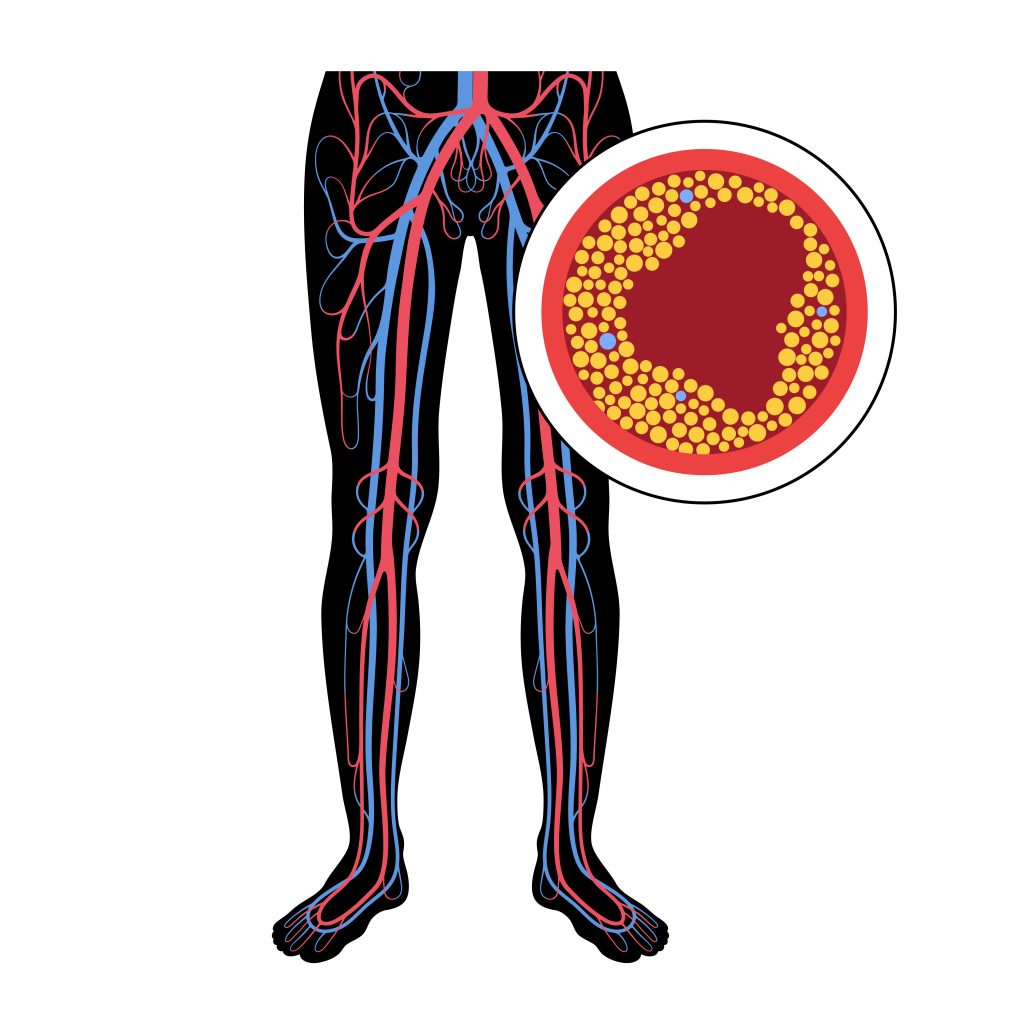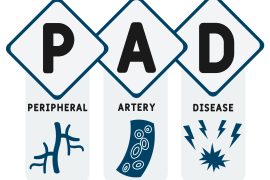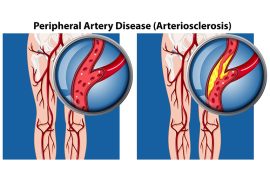Have you ever felt like stress is taking a toll on your health? You’re not wrong. Stress affects more than just your mind; it can have severe consequences on your body, too, especially when it comes to peripheral vascular disease (PVD). Peripheral vascular disease, a condition where narrowed arteries reduce blood flow to the limbs, can be worsened by chronic stress. But how exactly does stress impact this condition, and what can you do to manage it? Let’s explore the connection between stress and peripheral vascular disease and discover practical ways to improve your vascular health through effective stress management.
How Stress Affects Vascular Health
Stress responses in the body are natural reactions designed to protect us in dangerous situations. However, chronic stress might lead to various health problems, including peripheral vascular disease. When we experience stress, our bodies tend to release hormones such as adrenaline and cortisol. These hormones prepare the body for a “fight or flight” response, leading to an increase in heart rate and blood pressure[1]. While this response is beneficial in short bursts, prolonged stress can cause significant harm to vascular health.
Stress Responses
When stress triggers the release of adrenaline and cortisol, it causes the blood vessels to constrict, leading to higher blood pressure. This increased pressure on the vascular system can damage the inner lining of the arteries. This makes them more susceptible to plaque buildup[2]. Over time, this can contribute to the development and worsening of peripheral vascular disease.
Long-term Effects
Chronic stress can lead to persistent inflammation in the body[3], which is a risk factor for peripheral vascular disease. Inflammation can cause damage to the vascular walls. This in turn promotes plaque formation and increases the risk of thrombosis (blood clots). These clots might obstruct blood flow and lead to complications such as heart attacks or strokes.
Stress and PVD Risk
Several studies have highlighted the link between stress and an increased risk of developing peripheral vascular disease. Individuals experiencing high levels of stress are more likely to develop PVD compared to those with lower stress levels[4]. This underscores the importance of effective stress management strategies to prevent and manage peripheral vascular disease.
Stress Triggers and Symptoms in PVD
Understanding the triggers and symptoms of stress in individuals with peripheral vascular disease is crucial for effective management. Stressors can be both emotional and physical, each contributing to the worsening of PVD.
- Emotional stressors such as job pressure, family issues, and financial worries can significantly impact vascular health[5]. These stressors lead to increased cortisol levels, promoting inflammation and vascular damage.
- Physical stressors, including sleep deprivation and poor diet, can also worsen the symptoms of peripheral vascular disease[6][7]. Lack of sleep can increase blood pressure, while a poor diet can lead to the accumulation of unhealthy fats in the blood vessels.
Symptoms of Peripheral Vascular Disease to Watch For[8]
Individuals with peripheral vascular disease should be aware of the symptoms that might indicate increased stress levels affecting their condition.
- Intermittent claudication, characterized by pain and cramping in the legs during physical activity, is a common symptom.
- Changes in skin colour, such as paleness or a bluish tint, can also indicate poor blood flow.
- Additionally, non-healing ulcers or sores on the legs and feet are critical signs that stress may be worsening the condition.
Managing Stress to Improve Vascular Health[9]
Effectively managing stress is important for improving vascular health and preventing the progression of peripheral vascular disease. Several strategies can help reduce stress and its impact on vascular health.
- Exercise: Regular low-impact exercises like walking, swimming, and cycling reduce stress and improve cardiovascular health.
- Diet: A diet rich in antioxidants, whole grains, fruits, and vegetables reduces inflammation. Avoid excessive salt, oily & processed foods.
- Mindfulness and Relaxation: Incorporate meditation, yoga, and deep breathing to reduce stress and promote relaxation.
- Professional Help: Seek therapy for chronic stress. Cognitive-behavioural therapy offers effective coping strategies.
- Healthcare Providers: Consult healthcare providers for personalized stress reduction and treatment adjustments for optimal vascular health.
Wrapping It Up
Stress plays a significant role in the progression of peripheral vascular disease. Understanding the impact of stress and implementing effective management strategies can significantly improve outcomes for individuals with PVD.
Reference Links:
[1] https://www.health.harvard.edu/staying-healthy/understanding-the-stress-response
[2] https://www.urmc.rochester.edu/encyclopedia/content.aspx?ContentTypeID=1&ContentID=2171#:~:text=Studies%20suggest%20that%20the%20high,plaque%20deposits%20in%20the%20arteries.
[3]https://www.yalemedicine.org/news/stress-affects-your-heart#:~:text=%E2%80%9CLong%2Dterm%E2%80%94or%20chronic,heart%20rhythms%2C%20and%20heart%20failure.
[4]https://newsroom.heart.org/news/work-related-stress-linked-to-increased-risk-for-peripheral-artery-disease#:~:text=Researchers%20found%20that%20people%20with,age%2C%20sex%20and%20lifestyle%20variables.
[6] https://www.medicalnewstoday.com/articles/insufficient-sleep-tied-to-increased-risk-of-a-condition-that-may-lead-to-stroke#Using-genetic-data-to-study-PAD-risk
[8]https://www.betterhealth.vic.gov.au/health/conditionsandtreatments/peripheral-vascular-disease
[9] https://www.urmc.rochester.edu/encyclopedia/content.aspx?ContentTypeID=1&ContentID=2171#:~:text=Get%20plenty%20of%20exercise&text=Exercise%20can%20help%20to%20improve,reduced%20physical%20response%20to%20stress.
https://www.mayoclinic.org/diseases-conditions/high-blood-pressure/in-depth/stress-and-high-blood-pressure/art-20044190
https://www.verywellmind.com/what-is-the-fight-or-flight-response-2795194#:~:text=These%20hormones%20cause%20the%20sympathetic,blood%20pressure%2C%20and%20breathing%20rate.
https://newsroom.heart.org/news/work-related-stress-linked-to-increased-risk-for-peripheral-artery-disease
https://www.betterhealth.vic.gov.au/health/conditionsandtreatments/peripheral-vascular-disease





Comments are closed.